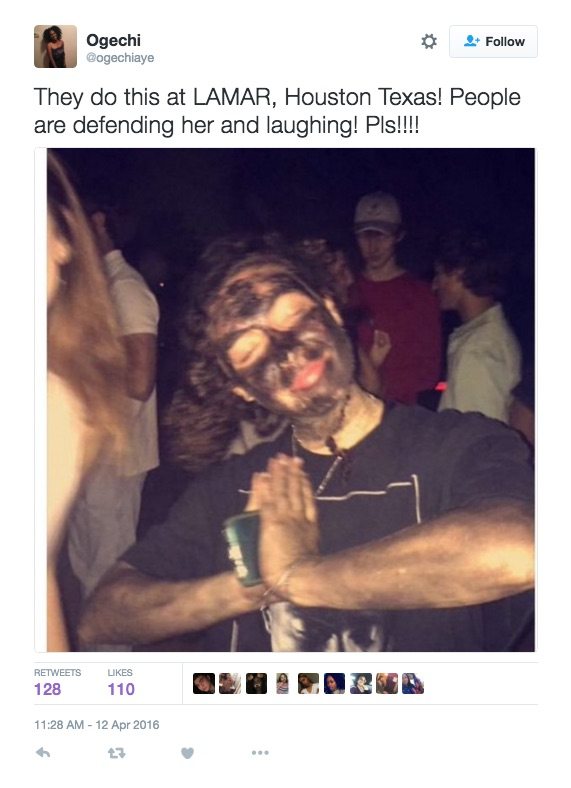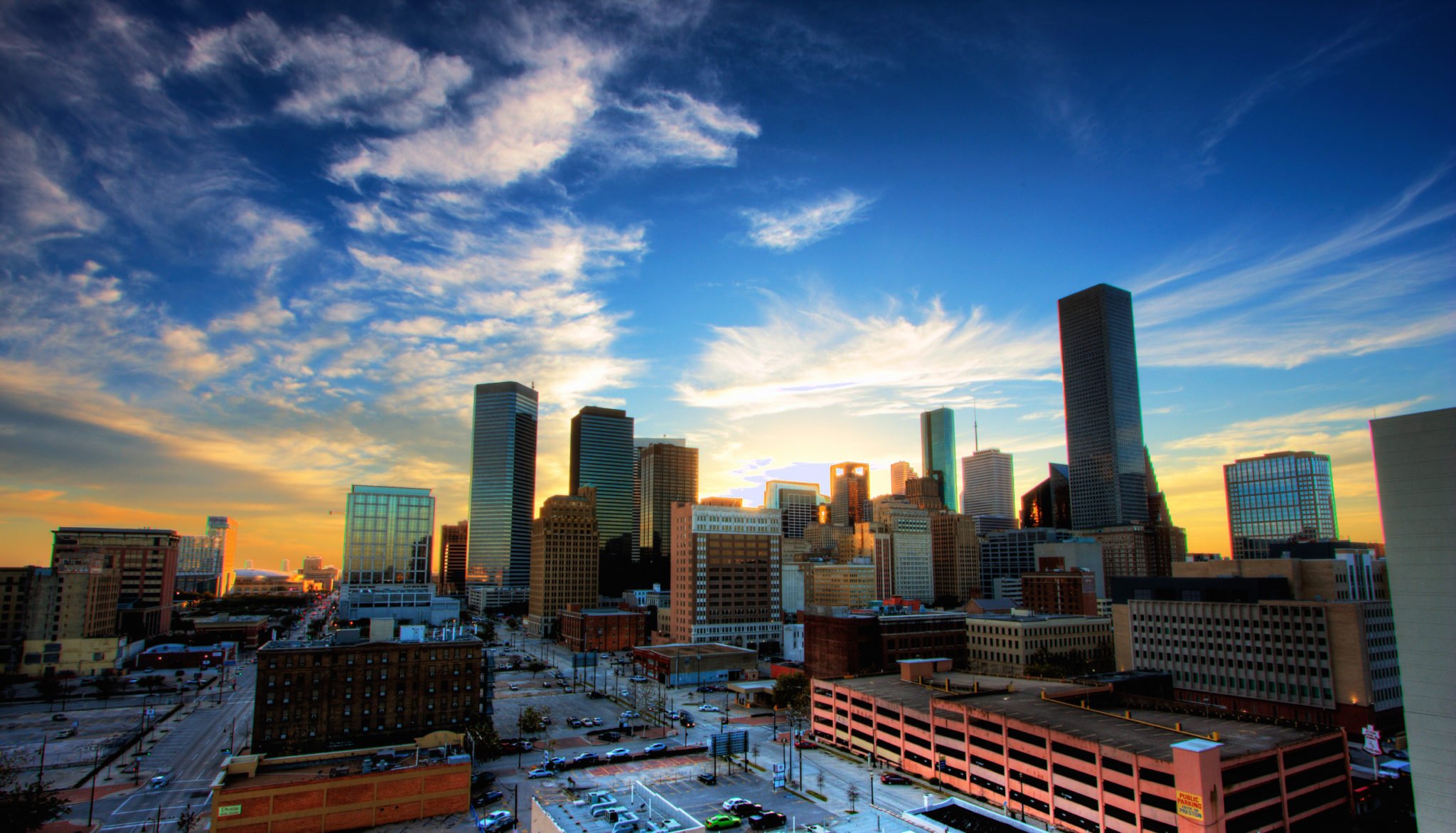Behind the New Look of Houston’s Oldest Park, a Complex Racial History
The oldest public park in Houston has been transformed by a $33 million renovation. But will it be enough to save the Third Ward?
On a recent Saturday morning in Houston’s Third Ward neighborhood, about 120 people gathered for a prayer vigil and march at Emancipation Park. People wore gym shorts and T-shirts, dashikis and jeans as they lined up on the plaza where the park’s three main structures — a brand-new, gleaming recreation center, plus a remodeled community center and pool — face each other. A drum circle provided rhythm as Sister Mama Sonya, a prominent community activist and poet, laid out the morning’s program.
“Today we’re making a joyful noise,” Sonya said, “as we consecrate our Third Ward treasure.”
Sunlight glinted off the new buildings, whose rust-red walls are designed to evoke the tin roofs of neighborhood houses. The standard-issue plastic playground was gone, replaced with an inviting, modern playscape complete with dramatic shade canopies. At one entrance to the park, a bold silver arch thrusts skyward, and a screen around the pool spells out “EMANCIPATION” in bright red letters.
A week later, thousands of Houstonians would descend on the newly renovated park for its grand reopening, timed to coincide with Juneteenth. But first, this smaller, more informal neighborhood vigil was meant to commemorate the former slaves who founded the park in 1872. The agenda included hymns and interfaith blessings chosen to fit each part of the park. The group sang “Wade in the Water” before a pastor blessed the aquatic center; “Jesus Loves Me” rang out by the playground.
Emancipation Park was the first public park in Houston, and it has a complicated history. Its story is one of racism and segregation, resistance and revitalization. Now that the park has been transformed by a $33.6 million renovation led by Phil Freelon, one of the most celebrated black architects in the United States, it’s sure to become a point of pride for Houston. Still, thorny questions remain: Who is the park really for? And as gentrification reshapes the Third Ward, what will Emancipation Park’s next 145 years look like?
***
The marchers began with a general convocation of praise for the park’s four founders. The best known of them was Henry “Jack” Yates, a pastor and former slave for whom a nearby high school is named.
Yates was born in Virginia and raised to be a companion to his owner’s son. He was eventually freed, but his wife and children belonged to another man. When his wife’s owner moved her and the children to Matagorda County, Texas, Yates voluntarily re-entered slavery to follow them.
After emancipation, Yates moved his family to Houston, where he was the first pastor of Antioch Baptist Church. Together with businessman Richard Brock, Reverend Elias Dibble and politician Richard Allen, Yates pulled together $800 to buy the 10-acre tract on the outskirts of town so that the recently liberated community would have a place to celebrate Juneteenth.
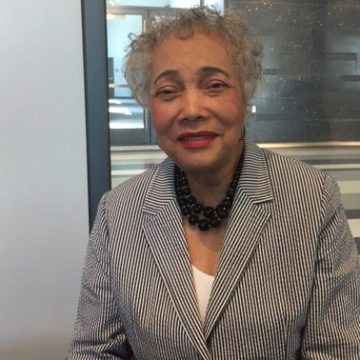
“He was a man of deep faith,” said Yates’ great-granddaughter, Jacqueline Bostic. “He had a value system that believed in doing what you had to do to take care of your family.”
At the prayer vigil, Sonya called on the gathering to “remember our ansisters [sic] and ancestors for all they have done.” History books remember the male founders, she said, but forget the women whose chicken dinners helped fund the park.
The march’s route included Emancipation Avenue, which until this year was called Dowling Avenue. In what must’ve been an intentional insult, the Houston City Council in 1892 voted to rename East Broadway Street — Third Ward’s most prominent thoroughfare and the one that led to Emancipation Park — in honor of Confederate commander Richard Dowling. (Another street bordering the park, Tuam, is still named for Dowling’s hometown in Ireland.)
In its heyday, Dowling was a legendary street. It was home to the Eldorado Ballroom, where Ray Charles used to play, and to bustling rows of eateries and haberdasheries. In 1970, Black Panther Carl Hampton was shot by the police from a church rooftop here under disputed circumstances. But for all of its history, the name Dowling was a poke in the eye.
“This is hallowed ground,” said Robert Muhammad, a community activist and a student minister at Mosque 45. “We’re here to venerate our ancestry — by investing millions.”
***
In its early days, Emancipation Park was chiefly associated with Juneteenth. In Houston, at least, African Americans weren’t expected to work that day; they descended on Emancipation Park in wagons (often covered in flowers), where, along with impassioned speeches, they enjoyed “watermelon, barbecue and strawberry soda,” according to Bostic.
After the civil rights movement of the 1960s, Juneteenth observances began to die out. “People stopped speaking so much about the dark days,” said Algenita Scott Davis, a visiting professor at Texas Southern University and a member by marriage of the family descended from park founder Richard Brock. But the park also had other uses.
Houston’s version of Mardi Gras, the Notsuoh festival (that’s Houston spelled backwards), did not welcome African Americans, so they created their own version of the party, DeRoLoc (“colored” spelled backwards), in 1901. The park was also home to Wild West shows, black college football games, movie screenings and other festivities.
But despite Emancipation Park’s function as a public park, it was not recognized as such by local government, and park vendors had to pay taxes on their sales. They weren’t able to keep up, so in 1916 the city of Houston took ownership and incorporated it into the park system. After 1922, when public parks were officially segregated, Emancipation was the only one in Houston open to African Americans.
In 1938, the Works Progress Administration built a community center on the grounds, which was followed by the city’s only swimming pool open to blacks. Scott Davis is one of many black Houstonians who remembers learning to swim there. “I was from the Fifth Ward,” she said, “and it was against the rules to socialize with the Third Ward folks.” But the swimming pool was a connector between the neighborhoods, she said.
The Third Ward had its problems during Jim Crow, but also its glories. State Representative Garnet Coleman grew up in the neighborhood and still lives there. “The segregated world wasn’t what people think it was,” he said. “I can say ‘I’m from Third Ward’ anywhere in the country … and black folk know what I’m talking about.”
After 1922, when public parks were officially segregated, Emancipation was the only one in Houston open to African Americans.
After formal segregation came to an end, many wealthier people left the neighborhood. Businesses moved out and crime moved in. A period of “30-plus years of disinvestment” began, according to Eureka Gilkey, executive director of Project Row Houses, the acclaimed community arts and social services institution that helped begin the revitalization of the neighborhood.

Wolf’s Department Store and Pawn Shop, opened in 1955, is one of the few thriving businesses left today on Emancipation Avenue. Raymond Bourgeois, manager there since 1963, remembers when “Dowling was downtown for black people,” he said. “You had tailor shops, movie theaters, four motels. Eating places every 50 feet.”
The Third Ward has long been a mecca for black music. Bourgeois remembers seeing James Brown for 50 cents at Club 500. Asked if he knew Lightnin’ Hopkins, the legendary blues musician who died in 1982, Bourgeois smiled. “Lightnin’ was supposed to leave me his car.”
The neighborhood’s decline started with desegregation, but was accelerated by other factors. The city moved much of its Section 8 housing to the southwest side of town, displacing low-income residents. Then came the crack epidemic of the 1980s and ’90s.
Emancipation Park lost its luster as well. Theola Petteway, executive director of the OST/Almeda Corridors Redevelopment Authority, said that “Emancipation Park was in very bad condition” by the 1980s. The pool was still in use, and the park hosted Jesse Jackson during his 1988 presidential campaign, but it was no longer a thriving community center.
In the mid-1990s, community leaders decided to take action, and began the painstaking process of working through government and local foundations to reverse the park’s decline. The rejuvenation is a long and twisting story, full of forward thinking and progress at the glacial pace of bureaucracy. In the mid-’90s, the city created a special taxing district called a Tax Increment Reinvestment Zone (TIRZ) to raise millions to redevelop the park.
By 2010 the process was underway, and acclaimed architect Phil Freelon was commissioned as lead designer. Freelon is one of the most recognized architects in the country. He led the design team for the Smithsonian National Museum of African American History and Culture in Washington, D.C., and was an Obama appointee to the National Commission of Fine Arts. Emancipation Park was going first-class.
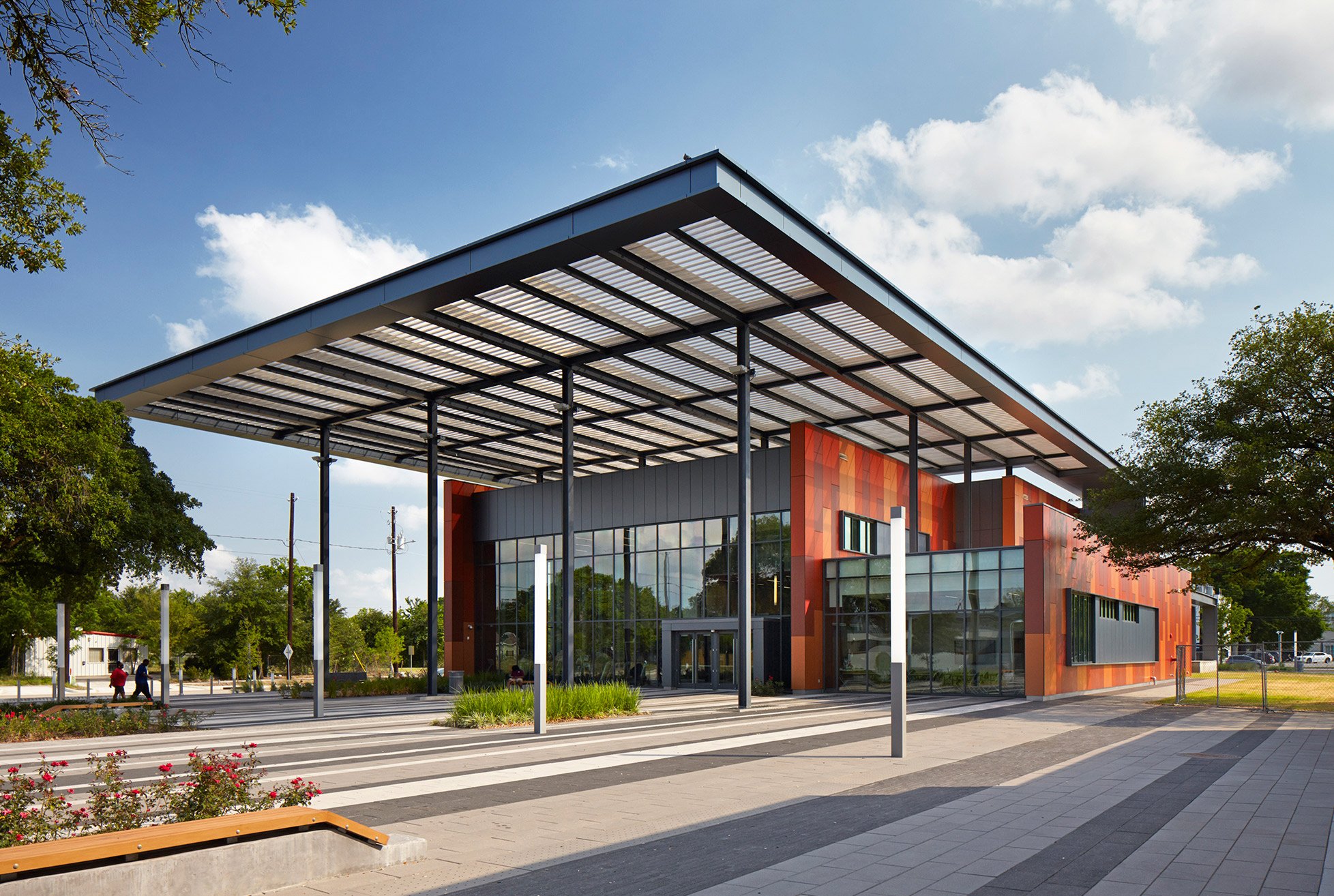
Architecture, like so many industries, has a diversity problem. Freelon is among only 2 percent of licensed U.S. architects who are black, according to the National Organization of Minority Architects. He also founded a Harvard fellowship that supports low-income architecture students. Freelon’s grandfather, the painter Allan Randall Freelon, was a significant figure in the Harlem Renaissance, and his wife, Nnenna Freelon, is a Grammy-nominated jazz singer. He was an apt choice for Emancipation Park.
Freelon said he wants the park to be “an active participant in the revitalization of the Third Ward. Not in the sense of gentrifying, but as a catalyst for the neighborhood’s resurgence.”
“Dowling was downtown for black people. You had tailor shops, movie theaters, four motels. Eating places every 50 feet.”
The developers hosted a series of “visioning” workshops, in which Third Ward residents described what they wanted in a redeveloped park. Besides places to swim and exercise, people wanted to “commemorate their ancestors,” Freelon said. Building on that impulse, residents wanted Emancipation Park to tell the neighborhood’s story, and also the larger story of black Texans. Columns in each of the four park corners represent the four founders. Performances at the two theaters, along with exhibitions in the cultural center, will also focus on African-American culture.
The park has been a hit since its soft opening in January. The weight room, with its wall-sized windows facing downtown, is always busy, but isn’t quite as bustling as the basketball court and shaded, spa-like swimming pool.
There is no question that Emancipation Park will be both an aesthetic triumph and an economic boost. But for some Third Ward residents, all of this attention and money after decades of “disinvestment” is unsettling.
“There’s a fear this is all being done for somebody else,” Petteway said, “so [some residents] don’t trust anything.”
Since the city’s inner core began to redevelop in the 1990s, after decades of uninterrupted sprawl, the Third Ward has rapidly gentrified. As the last of the old blues clubs shut their doors, rows of expensive townhouses, some blocked off by gated fences, sprouted just a short walk from Emancipation Park.
Would the already rising price of housing, spiked by the redevelopment of the park, drive many of the remaining Third Ward residents out of their historic neighborhood? This is not a paranoid question. Residents only had to look at Houston’s original African-American neighborhood, Fourth Ward, to see the threat. After years of developers lusting over that historic neighborhood on the western and most profitable edge of downtown, the 1990s saw the almost total transformation of the Fourth Ward into a zone of townhouses, and the almost total dispersal of its residents. A neighborhood could hardly be transformed more thoroughly, and more quickly. Perhaps the Third Ward was in for the same.
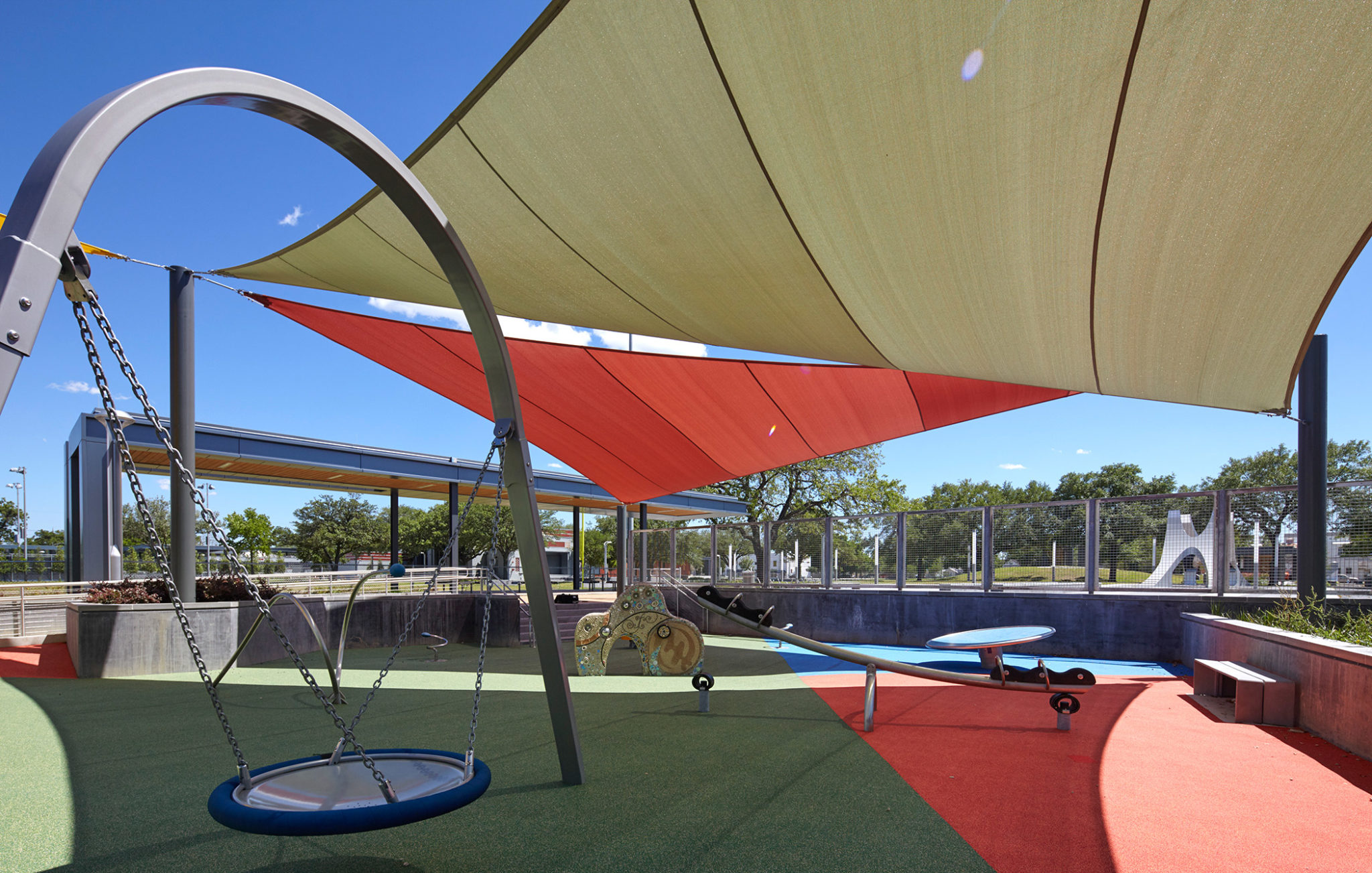
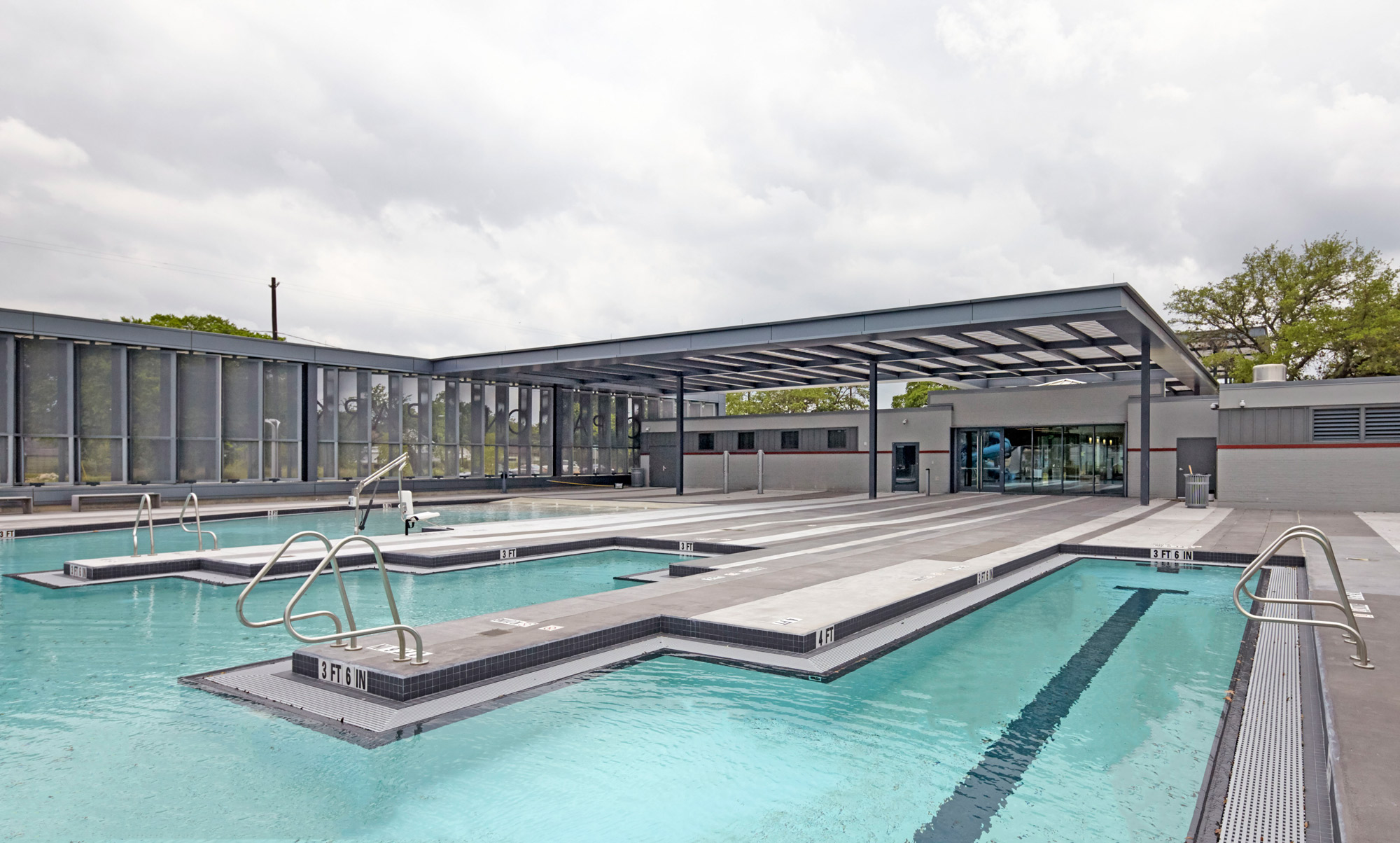
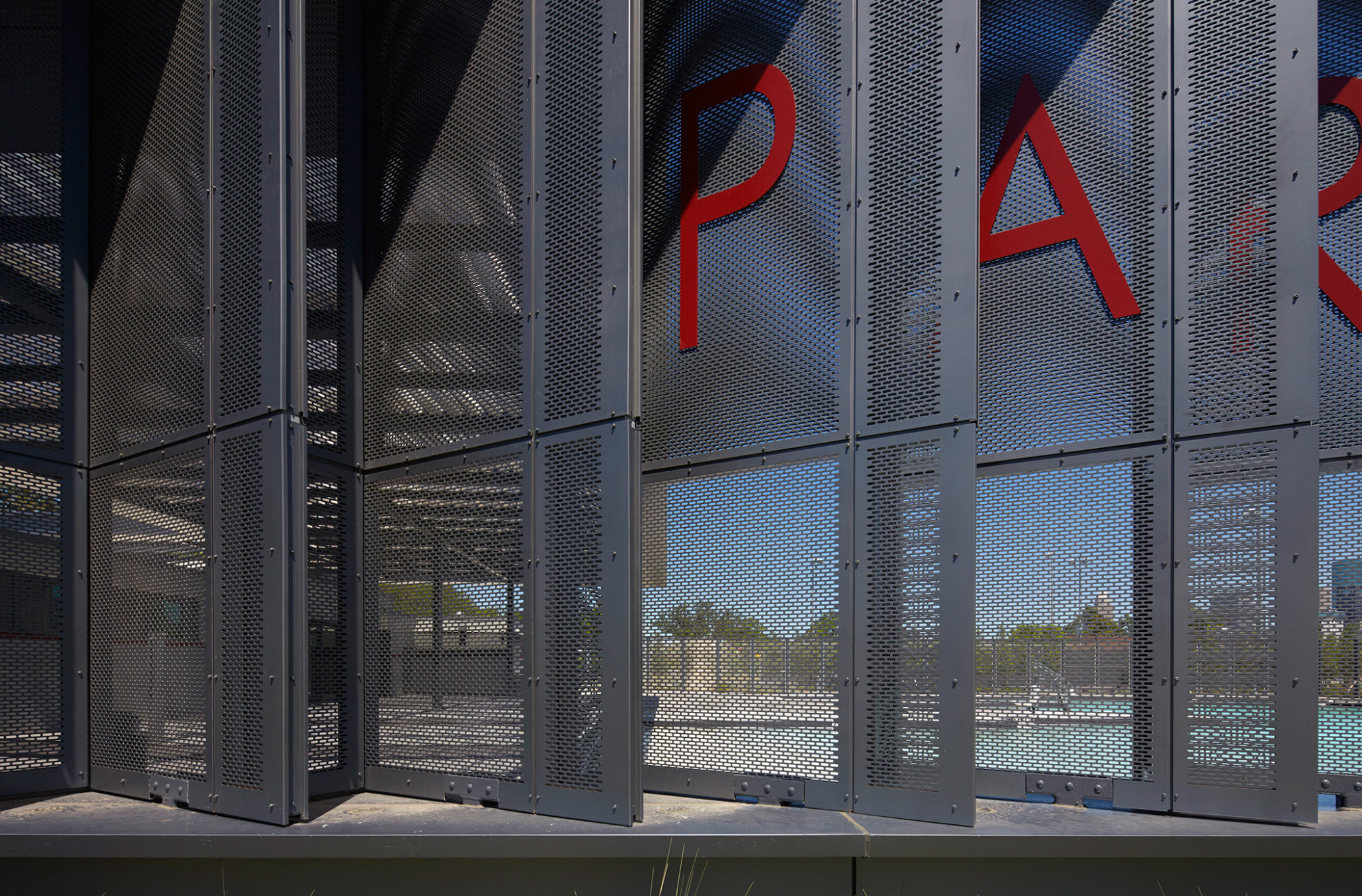
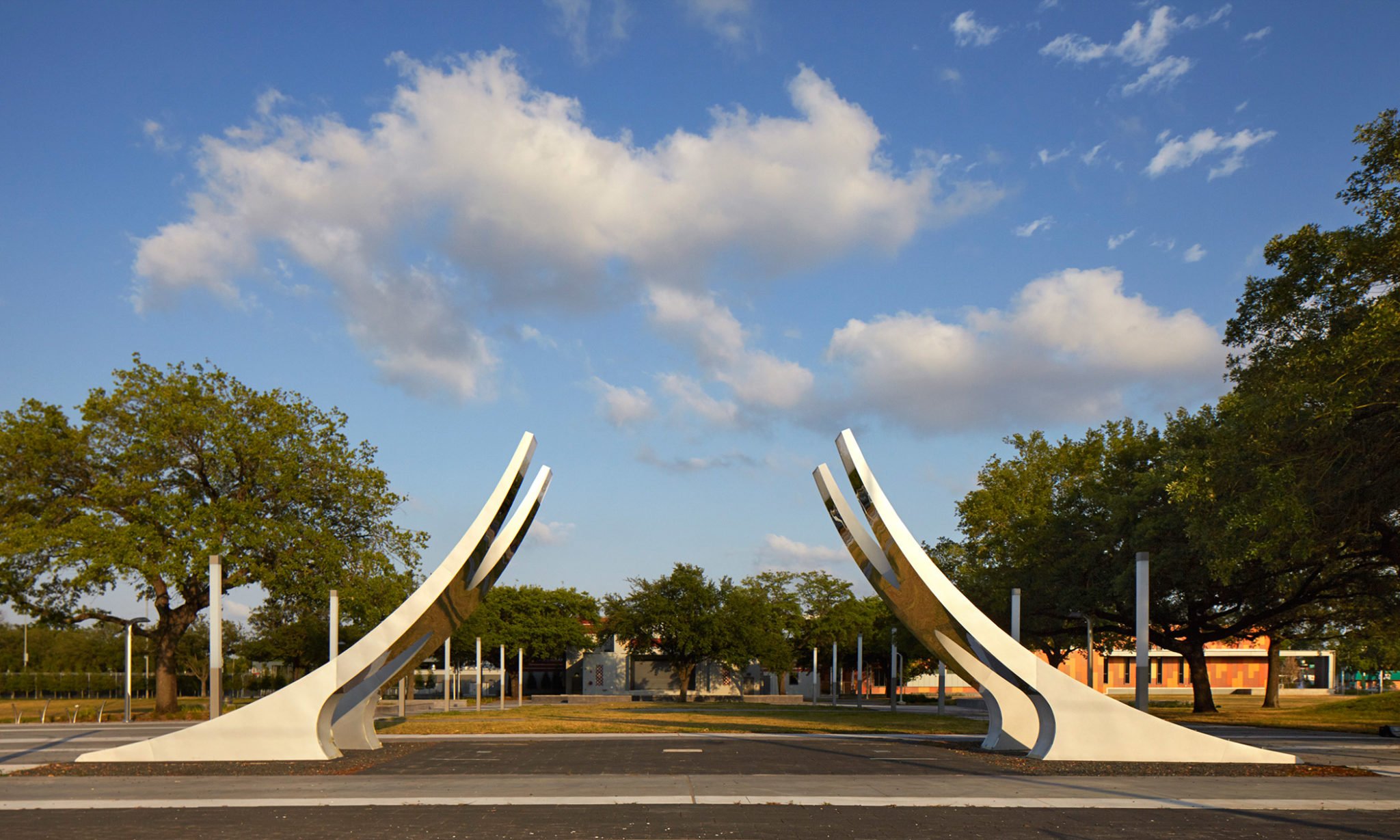
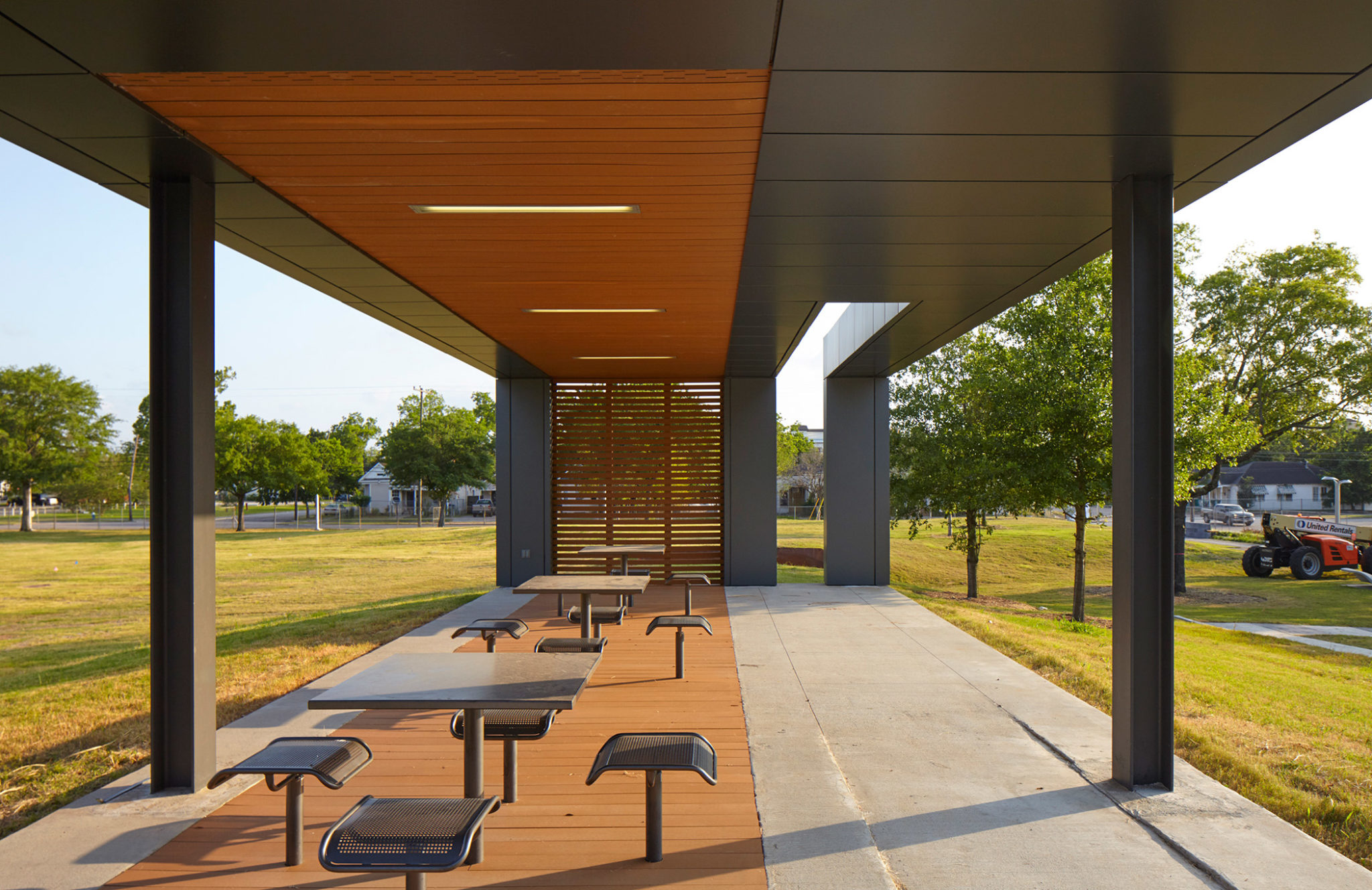
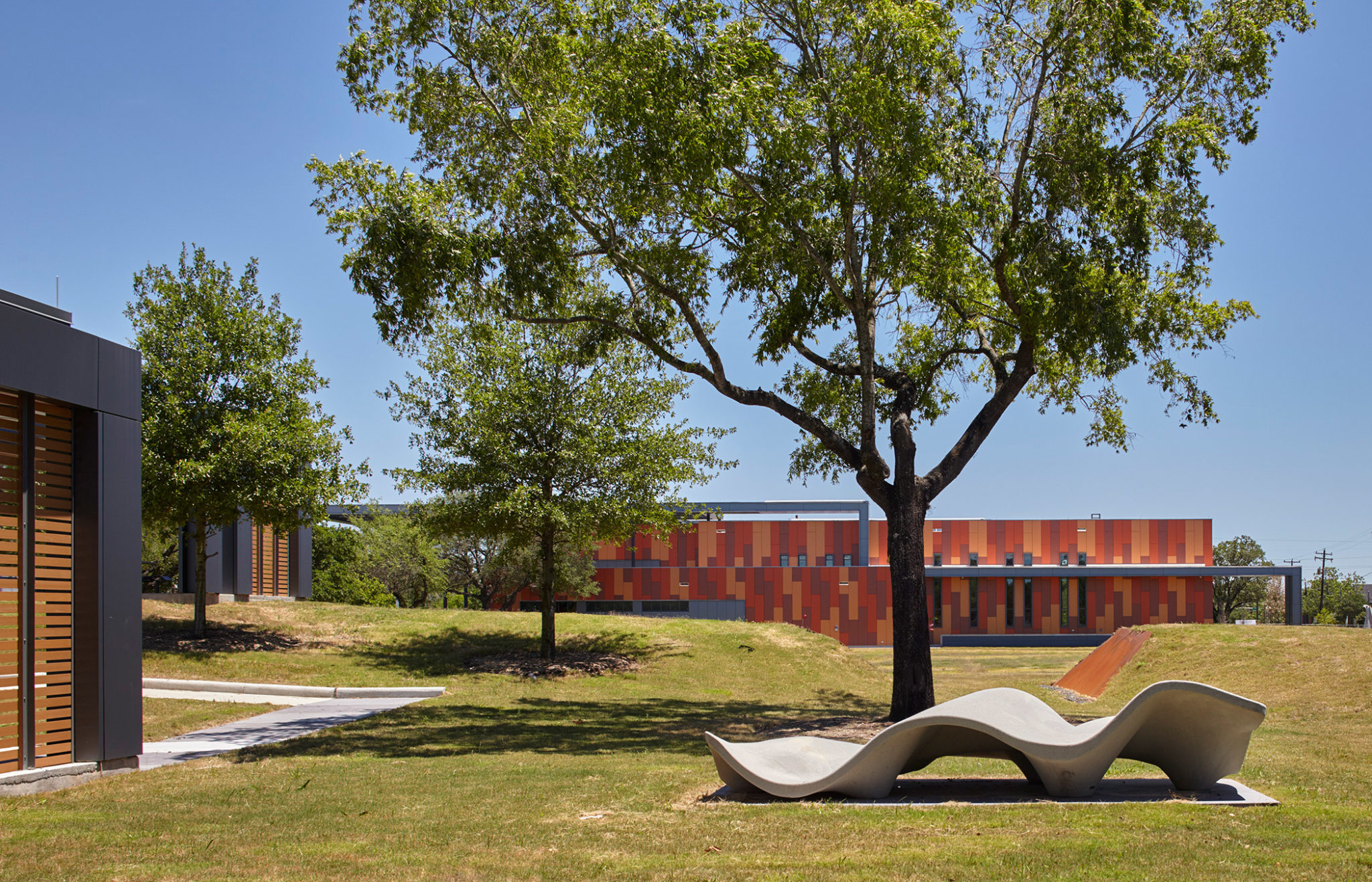
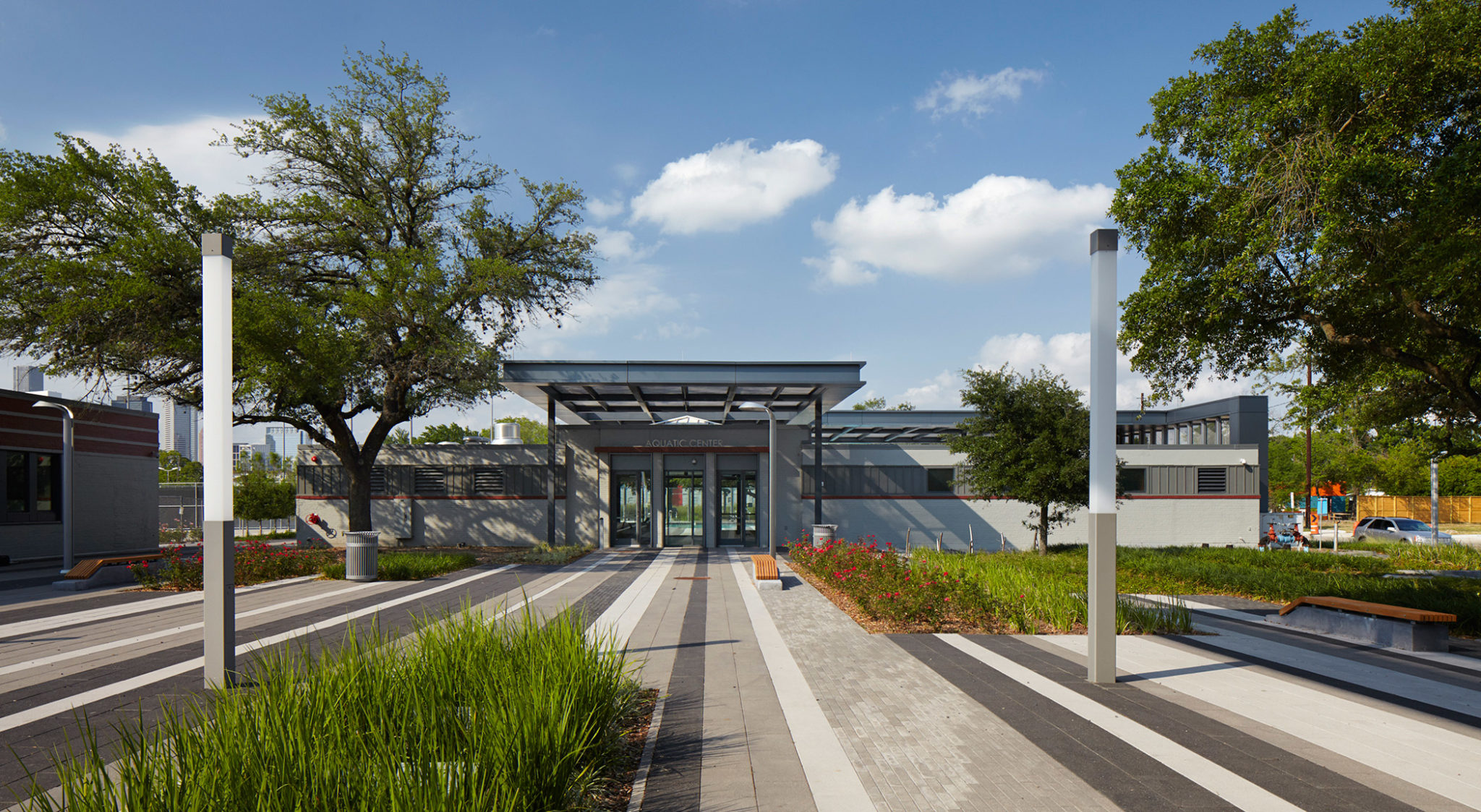
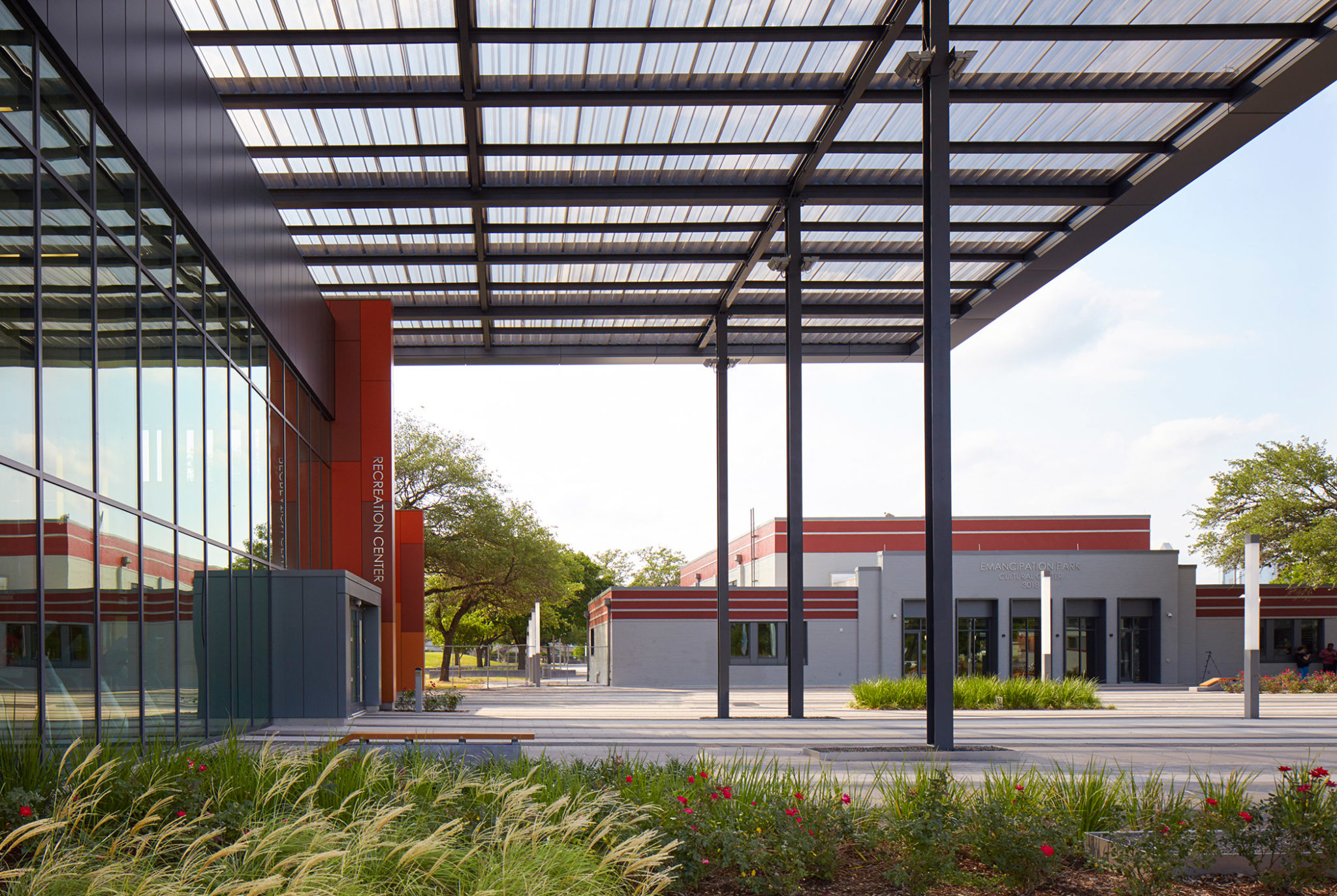
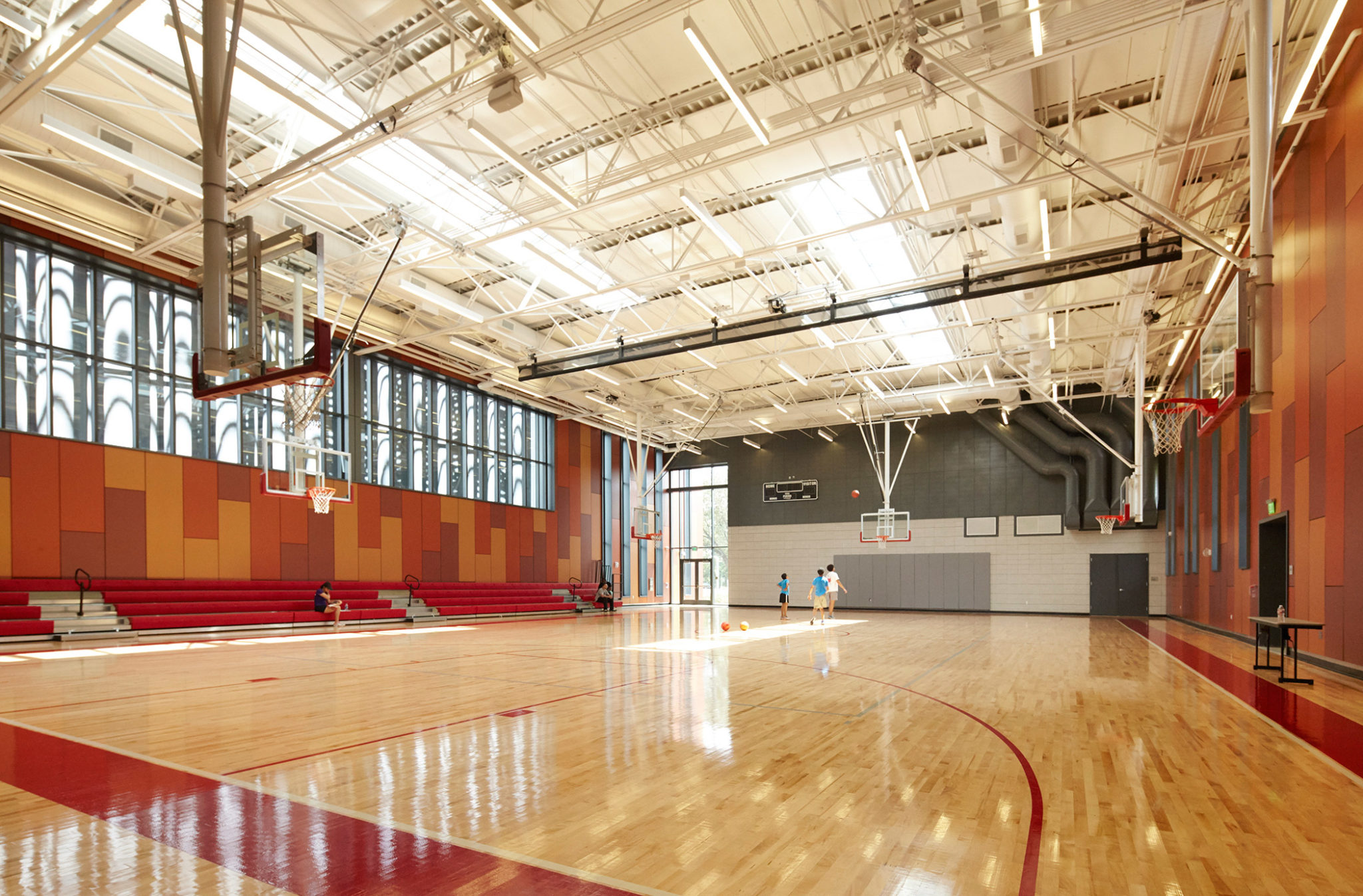
***
Coleman, the state representative from the Third Ward, remembers when he first took notice of developers’ designs on the neighborhood. “People had been losing their homes to taxes,” he said. “I made a decision as a state representative to send a letter to every property owner asking them not to sell their property if they could hold on.” He sent 8,000 such letters as he began what he describes as a “this is our neighborhood; it’s not for sale” campaign.
The 1990s saw the almost total transformation of the Fourth Ward into a zone of townhouses, and the almost total dispersal of its residents. Perhaps Third Ward was in for the same.
Coleman conceived a unique idea to preserve the character of the Third Ward. He was serving on the Midtown TIRZ, representing the area directly south of downtown, which began to boom in the 1990s. The TIRZ, he said, “had an obligation to use one-third of its increment for affordable housing.” Midtown land prices were rising fast, so the TIRZ money wouldn’t go far there. Coleman convinced the TIRZ to shift the Midtown affordable housing money to the Third Ward, which borders Midtown.
Using the TIRZ funds, Coleman worked with the Midtown Redevelopment Authority to buy up the still-cheap properties scattered throughout the greater Third Ward. To date, the agency has purchased 4 million square feet of land (about 90 acres). Most of that space will be dedicated to affordable housing, with single-family homes located in the less developed areas, such as the Palm Center, and denser housing closer to Emancipation Park.
Thanks to affordable housing, Coleman said, the community’s character will change — the townhouses are still coming — but it won’t become unrecognizable. It will still be a neighborhood “for people of color,” Coleman said. “We can’t have what happened in the Fourth Ward happen here.”
Coleman is proud of his accomplishment. “Tell me a time when a Negro went to Midtown, took all the affordable housing money, and spent it in Third Ward. We ain’t begging nobody. Through housing, health care and schools, we can re-create a neighborhood.”
The availability of affordable housing should help Third Ward retain its residents and its character. But you can hardly blame the residents of this often-battered neighborhood for looking at the expensive improvements being made to the local park and asking if the changes are really in their best interest.
Sylvia Brooks, a former president of the Houston Area Urban League and a Third Ward resident who learned to swim at the park, worked with the Emancipation Park Conservancy to understand what residents wanted in their park. She said she encountered skepticism, but answered it by “challenging people” to make their voices heard. “If you’re going to be involved [in the planning process], it doesn’t have to be for someone else,” she said.
None of this is to say that Emancipation Park is only for African Americans. All are welcome, and on pleasant evenings, when you stroll on the softly lit Founders Promenade, you see members of all races skateboarding and splashing together. Houston is, after all, the most diverse city in the United States.
The story that the park has to tell — the combination of darkness, light, and noble spirits that makes up the African-American experience — can apply to anyone who wants to hear it.
“Non-African Americans can feel a connection to the park,” said Petteway. “You can feel freedom from the things that have shackled you. Everything is connected to everything is connected to your momma. You’ll be able to connect on something!”
